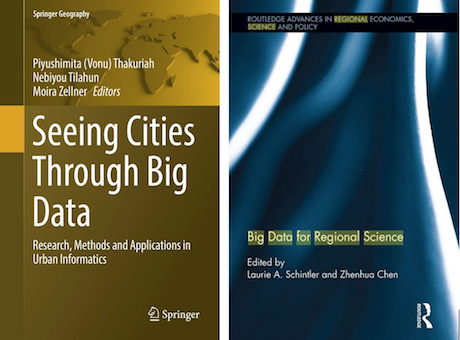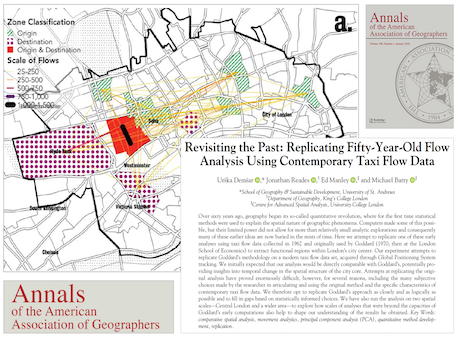
To celebrate the 50th anniversary of Regional Studies, the Book Reviews section of the journal has published a series of reviews of books originally published decades ago, and whose influence has grown sufficiently that they are considered classics and milestones in regional studies. This involved scholars who are themselves established and highly influential in the field, through their ability to shape ideas and their broad perspective in assessing them. The reviewers reflect on: how the books have contributed to changing the landscape of the discipline; what aspects included in the books are little known but still relevant today; any “new” concepts in their own field that are clearly anticipated by the books; the ways in which the actual content of the books may differ from general presumptions; and the extent to which the books are still a worthwhile read for scholars.
Thanks to those who accepted the challenge, the results brought together in this Virtual Special Issue are a set of essays which allow us to better know these classic books and put them in contemporary perspective.
Ugo Fratesi, Politecnico di Milano, Book Reviews Editor, Regional Studies
Read the full editorial here.
Explore the individual book reviews below:
Albert O. Hirschman’s The strategy of economic development
Reviewed by Henry Wai-chung Yeung
Joseph A. Shumpeter’s The theory of economic development
Reviewed by Michael Fritsch
Nicholas Kaldor’s Economics without equilibrium
Reviewed by Steven Brakman & Harry Garretsen
Gunnar Myrdal’s Economic theory and underdeveloped regions
Reviewed by Eric Sheppard
Doreen Massey’s Spatial divisions of labour
Reviewed by Michael Dunford
Alfred Marshall’s Principles of economics
Reviewed by Peter Sunley
Peter Hall’s Cities in civilization
Reviewed by Michael Batty
Harry W. Richardson’s Regional growth theory
Reviewed by Philip McCann
David Harvey’s Social justice and the city
Reviewed by Frank Stilwell
August Losch’s The economics of Location
Reviewed by Ron Martin
Jane Jacobs’s The death and life of great American cities and The economy of cities
Reviewed by Gilles Duranton











